The Great Mughals: Art, Architecture and Opulence at the Victoria and Albert Museum
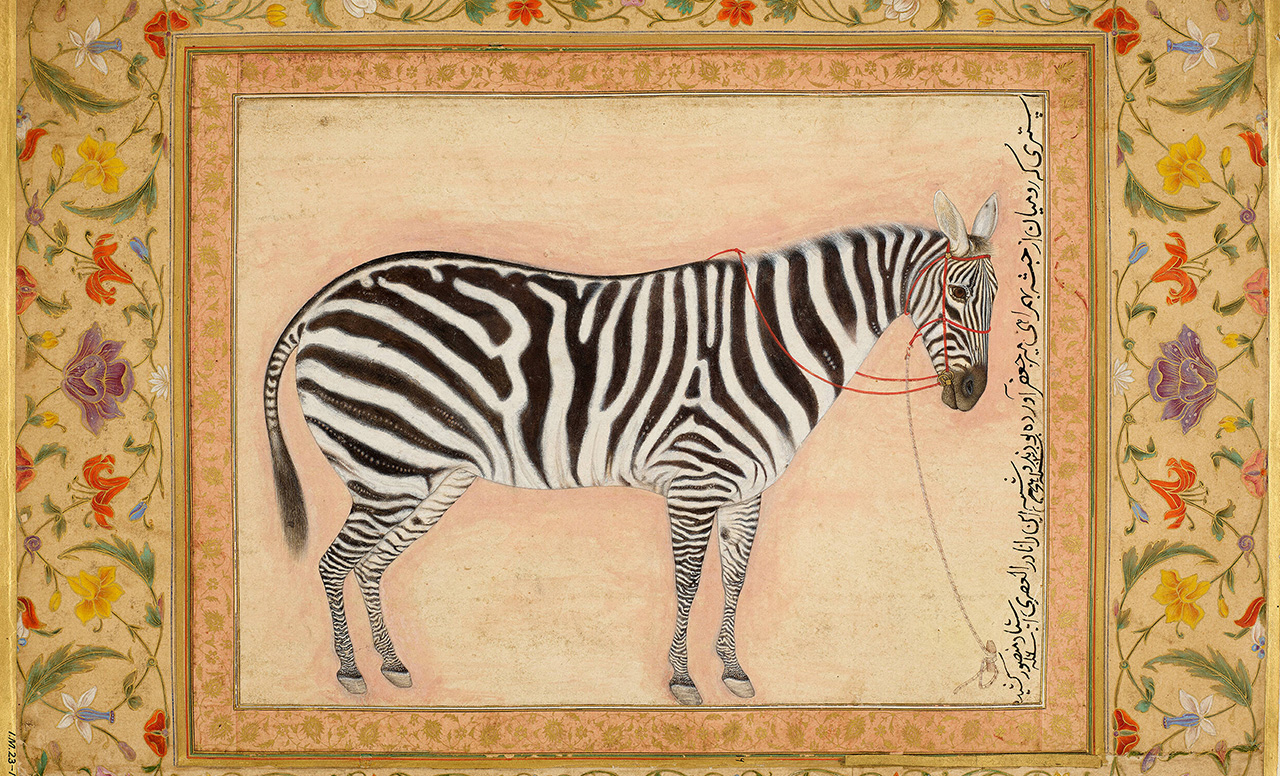
Drawing visitors into a dreamscape inspired by the Mughal dynasty’s vision of earthly paradise, The Great Mughals: Art, Architecture and Opulence at the Victoria and Albert Museum presents the empire as both a formidable military power and a civilisation celebrated for its cultural refinement and artistic brilliance. Among the most striking pieces is the sprawling Poppy Floorspread, dating back to around 1650. Set against a Prussian blue wall, this printed cotton textile captures the Mughals’s affinity for distinctive botanic motifs and nature’s beauty. This floral theme flows throughout the exhibition, with intricate, dynamic prints that reveal the creativity and sophistication of Mughal art. Colourful, intricately carved stone panels and a pale marble jali screen evoke the gardens and pavilions envisioned by Shah Jahan, the fifth emperor, recalling the dynasty’s crowning architectural masterpiece – the Taj Mahal, built in tribute to his beloved wife.
A testament to the dynasty’s openness, European and Christian influences are woven into the collection, reflecting the empire’s fascination with global cultures. The Mughal court’s embrace of European iconography is evident in Portrait of a European (c 1610-20), which may have been inspired by an older European portrait rather than a living merchant. This influence extends further with the frequent appearance of angels, as seen in A Man Offers a Fish to an Angel (c 1590-1600), where Mughal artist Husayn interprets the biblical story of Tobias and the Angel. Additionally, winged cherubs kneel before a monstrance in the Altar Frontal dating to around 1600, further blending Mughal artistry with Christian imagery.
This exchange, however, did not exist in a vacuum of peace, and The Great Mughals makes it clear that the Mughals’s love of beauty coexisted with a world of conflict. The Mother of Pearl shield (c 1580) on loan from the Bargello Museum in Florence, entirely covered with motifs and figures, reveals how Mughal and European tastes mingled in both art and war. Gilded daggers with foliate engravings and jewelled hilts show a duality born from an age of splendour – tools of war crafted as objects of beauty. Portraits of zebras, goshawks and other exotic animals illustrate the Mughals’ scientific curiosity, as well as their fascination with the natural world beyond their borders. This seamless blend of art, conflict, and exploration offers a fascinating glimpse into the complexity of the Mughal empire.
Although the golden age of the Mughal dynasty eventually waned, the artistic legacy established under Shah Jahan endured. The final display of The Great Mughals shows how his signature marble inlays and floral patterns continued to influence regional craftsmanship for centuries, making the exhibition a fitting tribute to the dynasty’s timeless legacy that transcends both time and distance.
Christina Yang
Photos: Courtesy of the V&A
The Great Mughals: Art, Architecture and Opulence is at from 9th November 2024 until 5th May 2025. For further information or to book visit the exhibition’s website here.














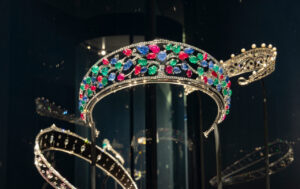

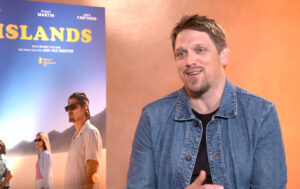
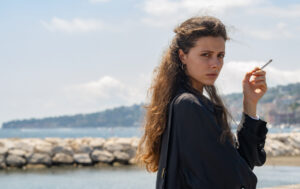
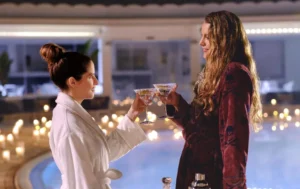
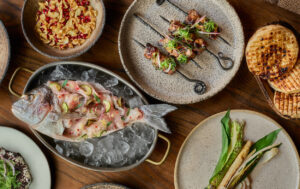




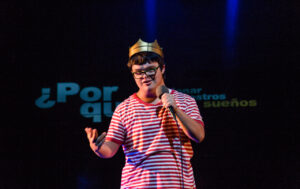
Facebook
Twitter
Instagram
YouTube
RSS